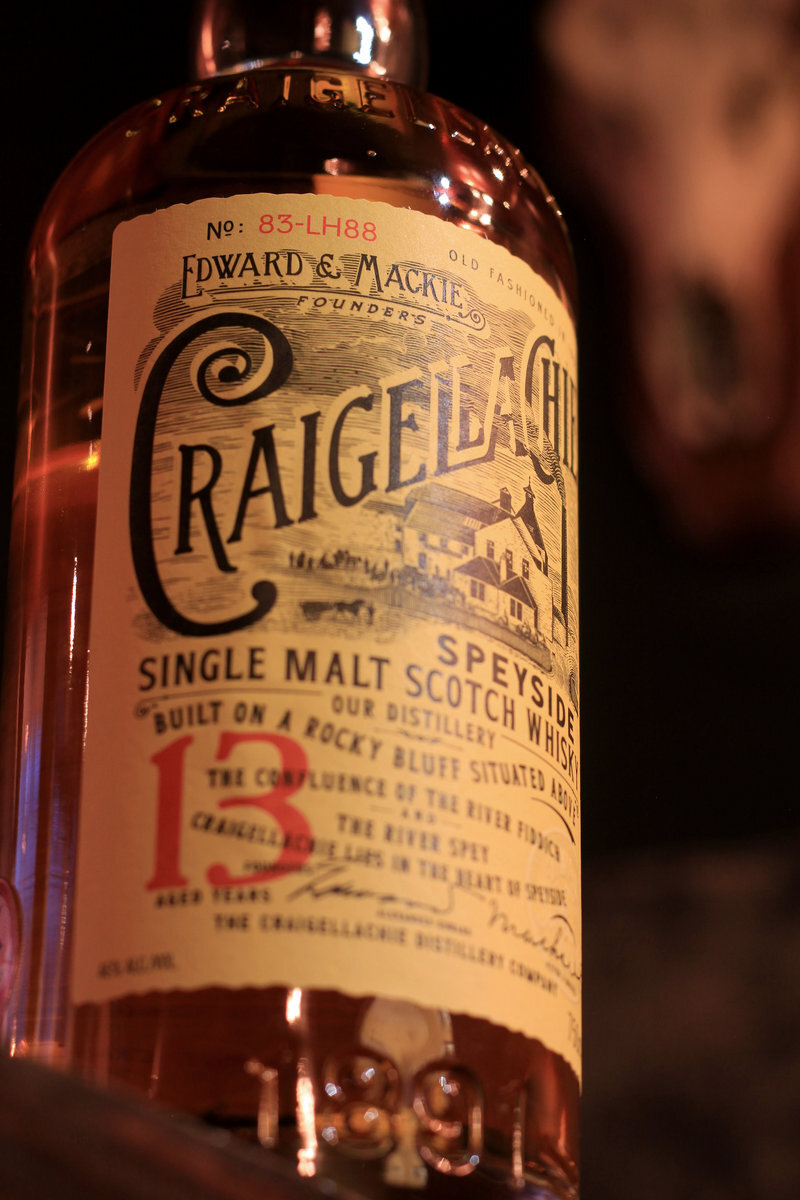Lockdown recipe diary #3: Happy Moments
Scotch whisky has long had a slightly weird position with regards to cocktails. You can pick up any old cocktail book and find any number of recipes for gin or American whiskey drinks, but not many Scotch ones. A quick glance at Martin’s New & Improved Index of Cocktails & Mixed Drinks (app store - seriously, if you haven’t got it, get it) lists 2,588 recipes but only 79 are defined as having a “Scotch base.”
While that’s not a lot compared to other spirits, there are some gems in there that haven’t hit in the same way as some of the more famous rediscovered classics of recent years (your Last Word or Aviation, for example, or your Seelbach…no, wait). One of the them is Happy Moments from Approved Cocktails Authorized by the United Kingdom Bartenders’ Guild in 1937 - I first encountered it when Robin Honhold put it on the first menu at the Lucky Liquor Co. back in 2013.
Happy Moments
35 ml / 1 oz Scotch whisky (I used a 6yo single cask Glenglassaugh from the Bramble Whisky Co.)
20 ml / 0.66 oz dry vermouth (I used Noilly Prat Dry)
10 ml / 0.33 oz passion fruit syrup
10 ml / 0.33 oz orange curaçao
Combine all ingredients in a cocktail shaker. Fill shaker with ice and shake for 10-15 seconds.
Strain into a chilled Nick & Nora glass and garnish with a twist of lemon zest.
As ever with vintage recipes, I employed a bit of adaptation when we put this back on the menu in 2019. The original recipe has equal parts of whisky and vermouth plus we took the opportunity to add a bit of acidity into the passion fruit syrup, adding a 1.5% scaling of powdered citric acid. This recipe from Epicurious is a pretty good start or there’s commercially available versions; just add 1.5 grams of powdered citric acid to 100 grams of finished syrup.




